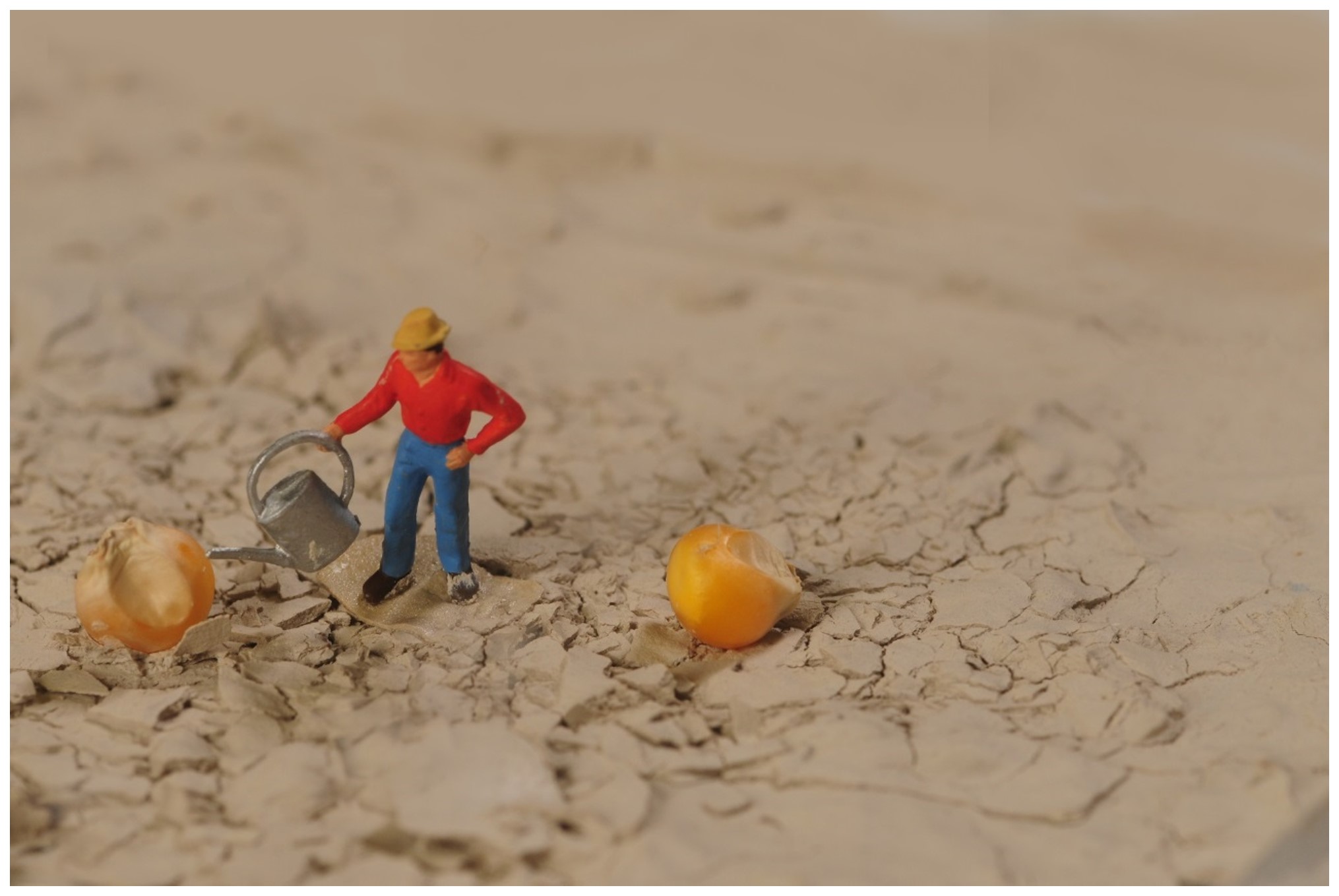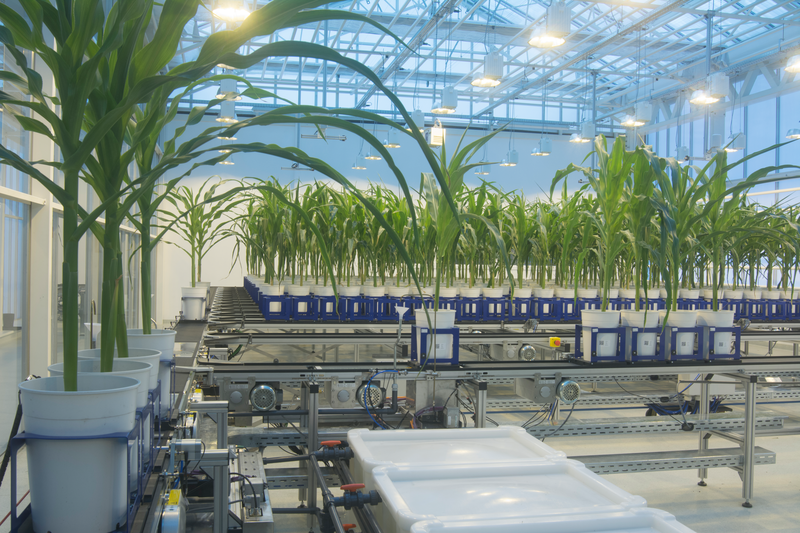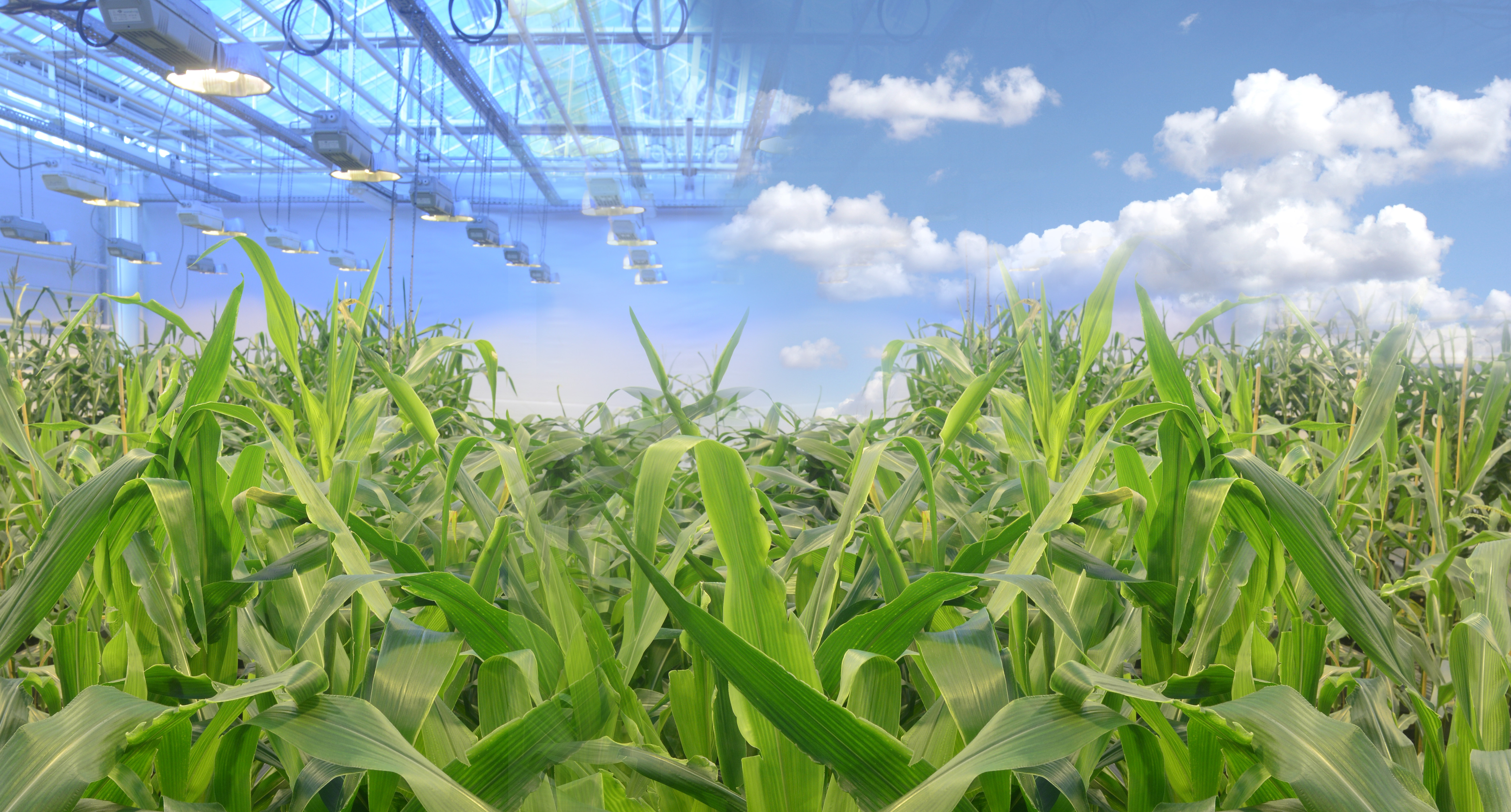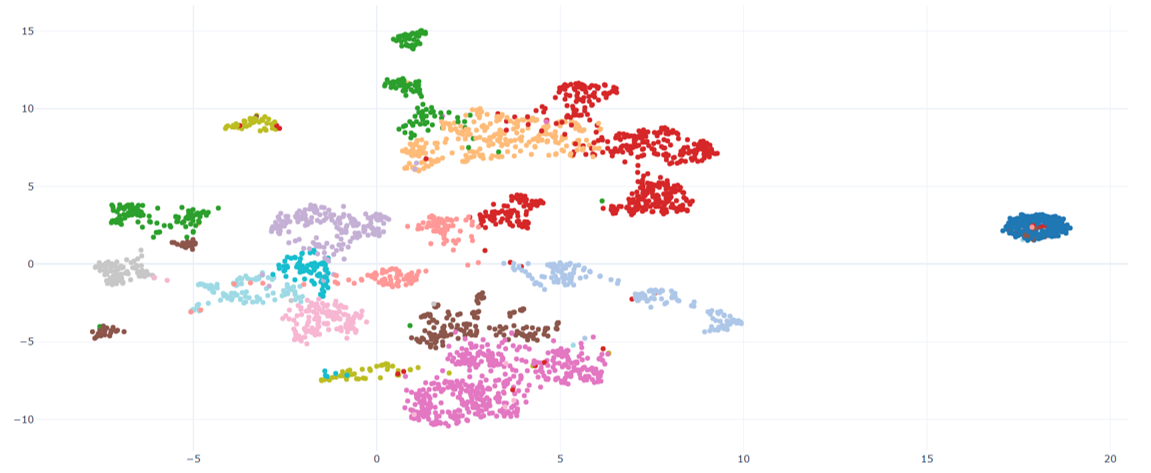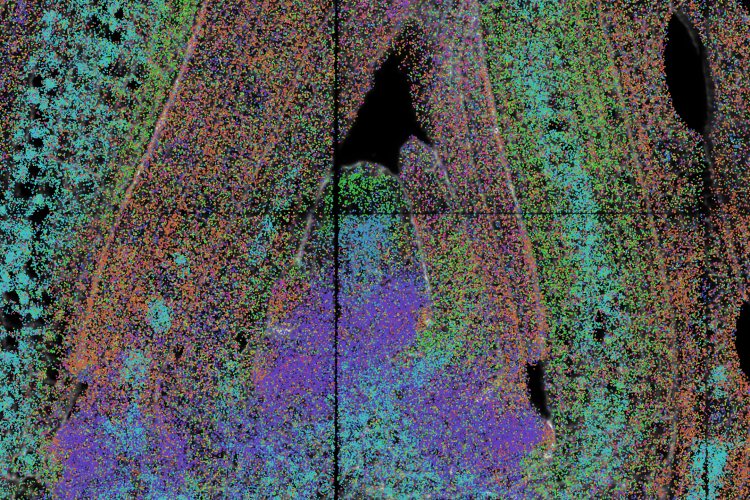Research
About us
The size control of multicellular organisms is an old biological question that has always fascinated scientists. At present, the question is still far from being solved because cell division and cell expansion, two distinct events necessary for the formation of a mature organ, are very complex and interrelated. Our long-term goal is therefore to decipher the molecular pathways that determine plant organ size.
Growth regulation is highly coordinated within a plant organ, but also between organs. In the maize leaf, cell division and cell expansion are organized linearly, with cells dividing at the base of the leaf. As more cells are produced, the cells gradually begin to elongate until they reach their mature cell size. When the growth of one leaf slows down, the next leaf begins to grow rapidly. Similarly, after the predominant leaf growth in seedlings, the internodes begin to grow and eventually the reproductive organs. The tightly controlled, repetitive growth cycles throughout the plant's life are critical to plant architecture and various aspects of yield.
